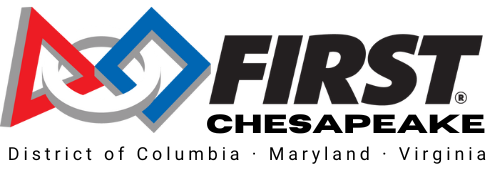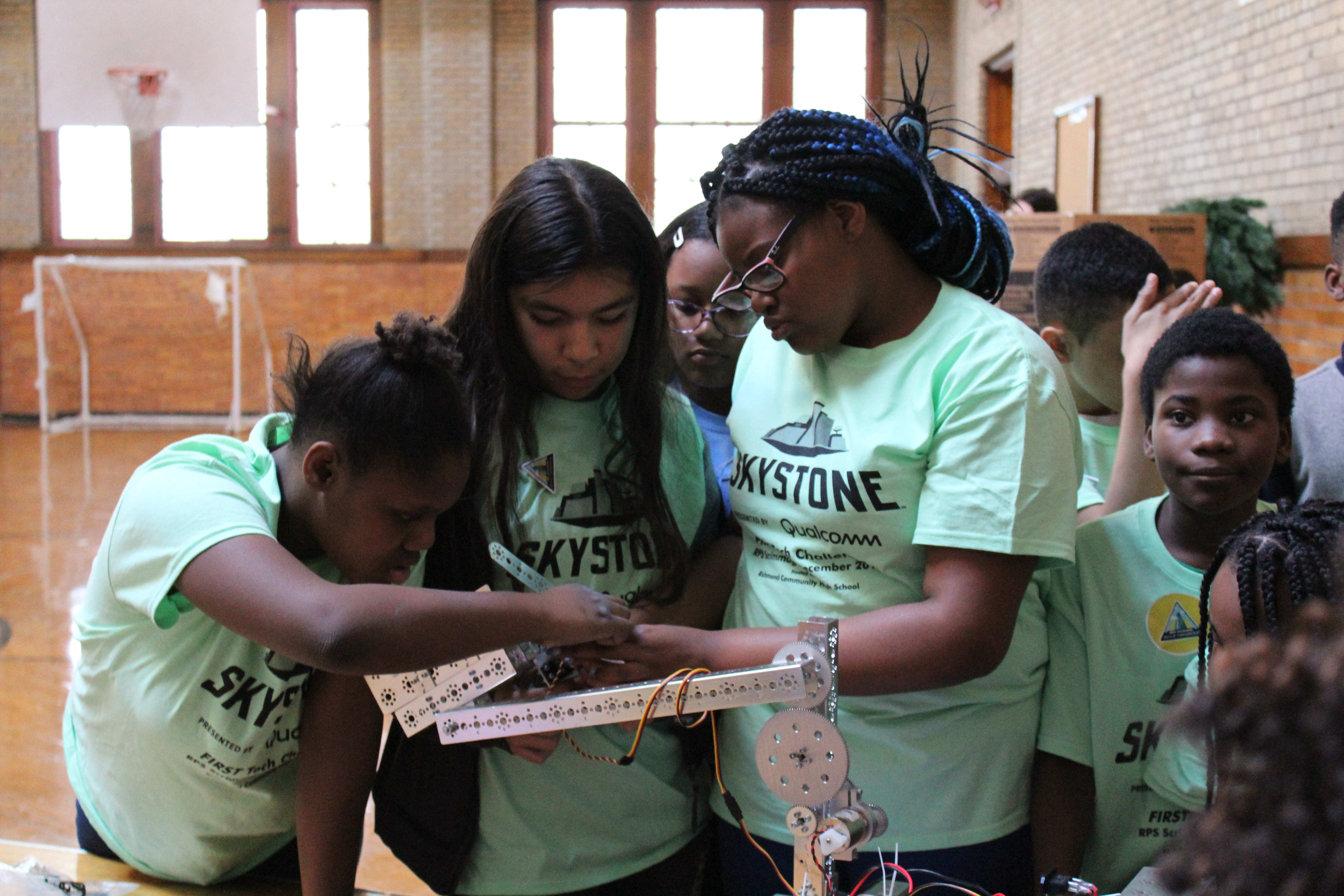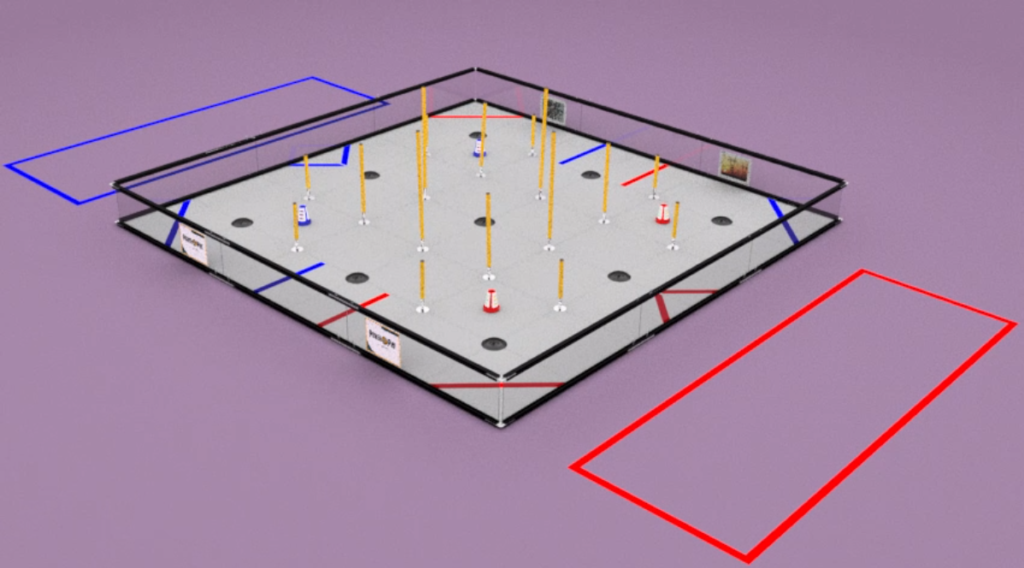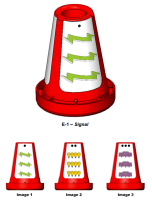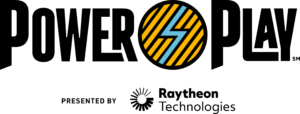FIRST® Tech Challenge
Qualifier Resources
It's More than Just Robots
FIRST® Tech Challenge teams (up to 15 team members, grades 7-12) are challenged to design, build, program, and operate robots to compete in a head-to-head challenge in an alliance format.
Powered by Mentors
Guided by adult coaches and mentors, students develop STEM skills and practice engineering principles, while realizing the value of hard work, innovation, and working as a team.
Sustainable Kit
The robot kit is reusable from year to year and can be coded using a variety of levels of Java-based programming.
A Place for Everyone
Teams also must raise funds, design and market their team brand, and do community outreach for which they can win awards. Participants have access to tens of millions of dollars in college scholarships.
Previous slide
Next slide
